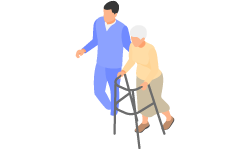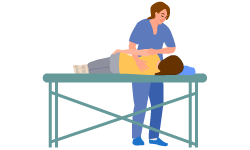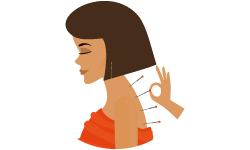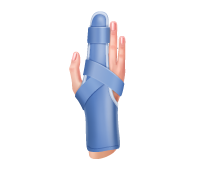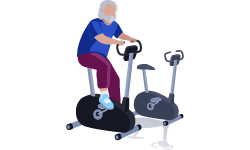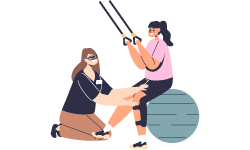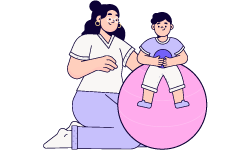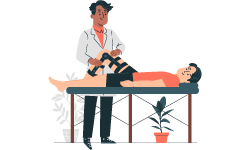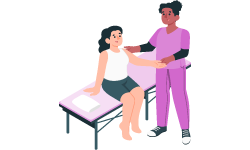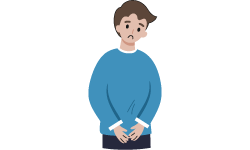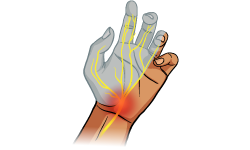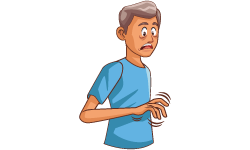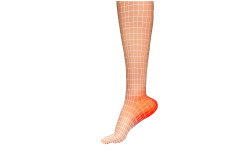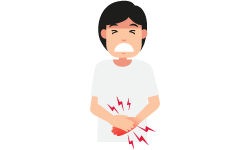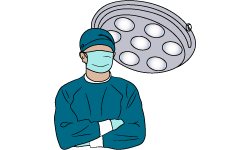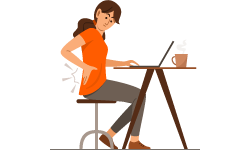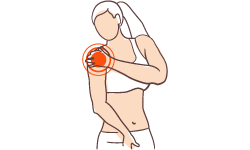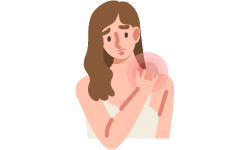Cerebellar Ataxia, caused by cerebellar damage or malfunction, is managed by physiotherapy. Physiotherapy improves balance, coordination, and functional mobility to improve quality of life. Cerebellar Ataxia physiotherapy exercises include:
Balance and Coordination Exercises: The physiotherapist will push the patient's balance and coordination. These include balance board use, one-legged standing, and straight-line walking.
Gait Training: Cerebellar Ataxia causes gait problems. Through specialised exercises and approaches, the physiotherapist will attempt to improve the person's walking pattern and gait stability.
Strength Training: Strengthening exercises strengthen core and lower limb muscles. Strengthening these muscle groups improves movement stability.
Range of Motion Exercises: These keep or improve joint range of motion. This reduces stiffness and improves movement.
Vestibular Rehabilitation: Cerebellar Ataxia can compromise inner ear balance and spatial orientation. Vestibular rehabilitation activities can alleviate dizziness and vertigo.
Adaptation and Compensation Techniques: The physiotherapist may instruct the patient to use canes or walkers to improve balance and safety.
Eye-Hand Coordination Activities: Catching and throwing balls improves motor skills and coordination.












 1st Feb 2024
1st Feb 2024
 23rd Jul 2023
23rd Jul 2023
 23rd Jul 2023
23rd Jul 2023
 18th Jul 2023
18th Jul 2023
 16th Jul 2023
16th Jul 2023
 16th Jul 2023
16th Jul 2023
